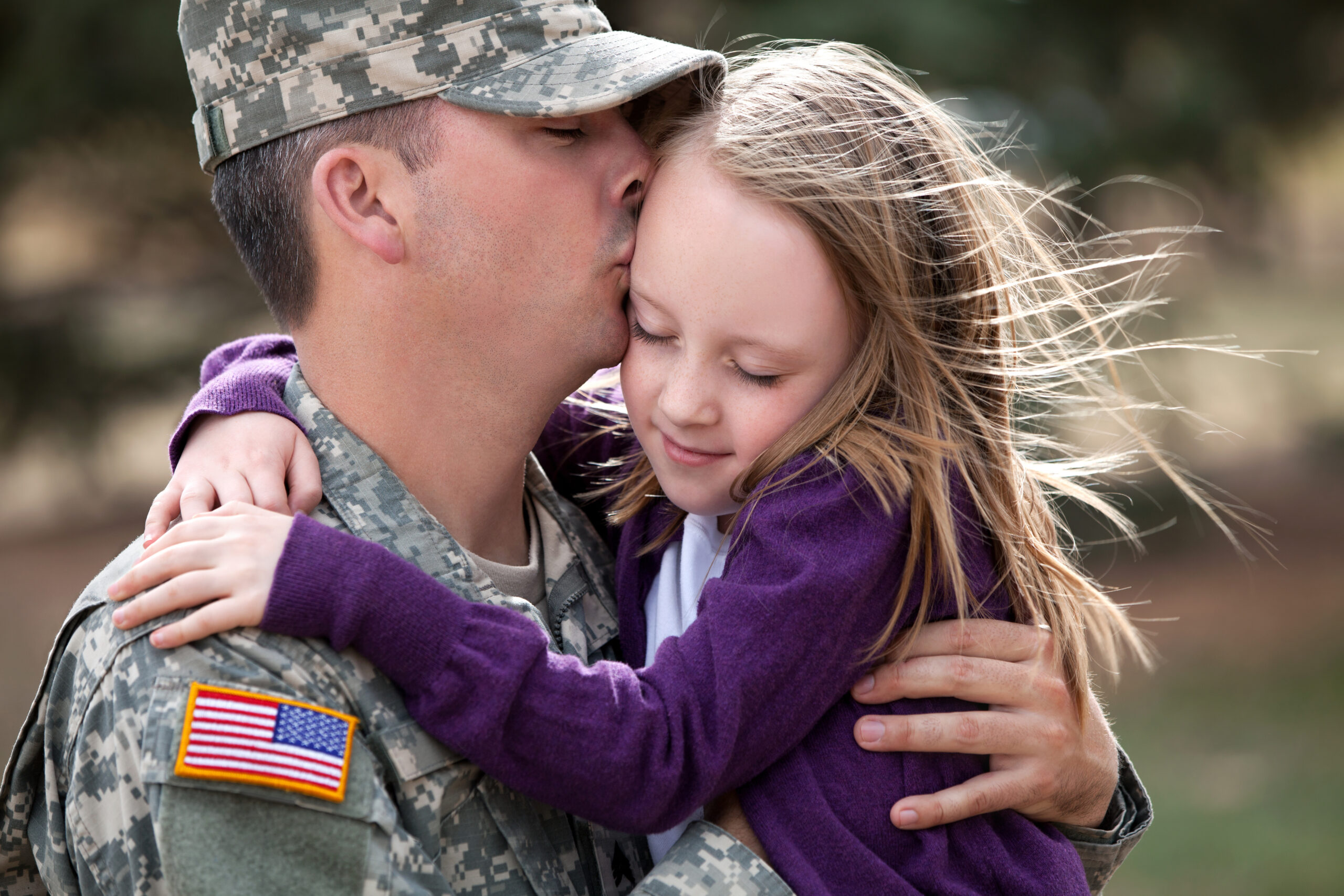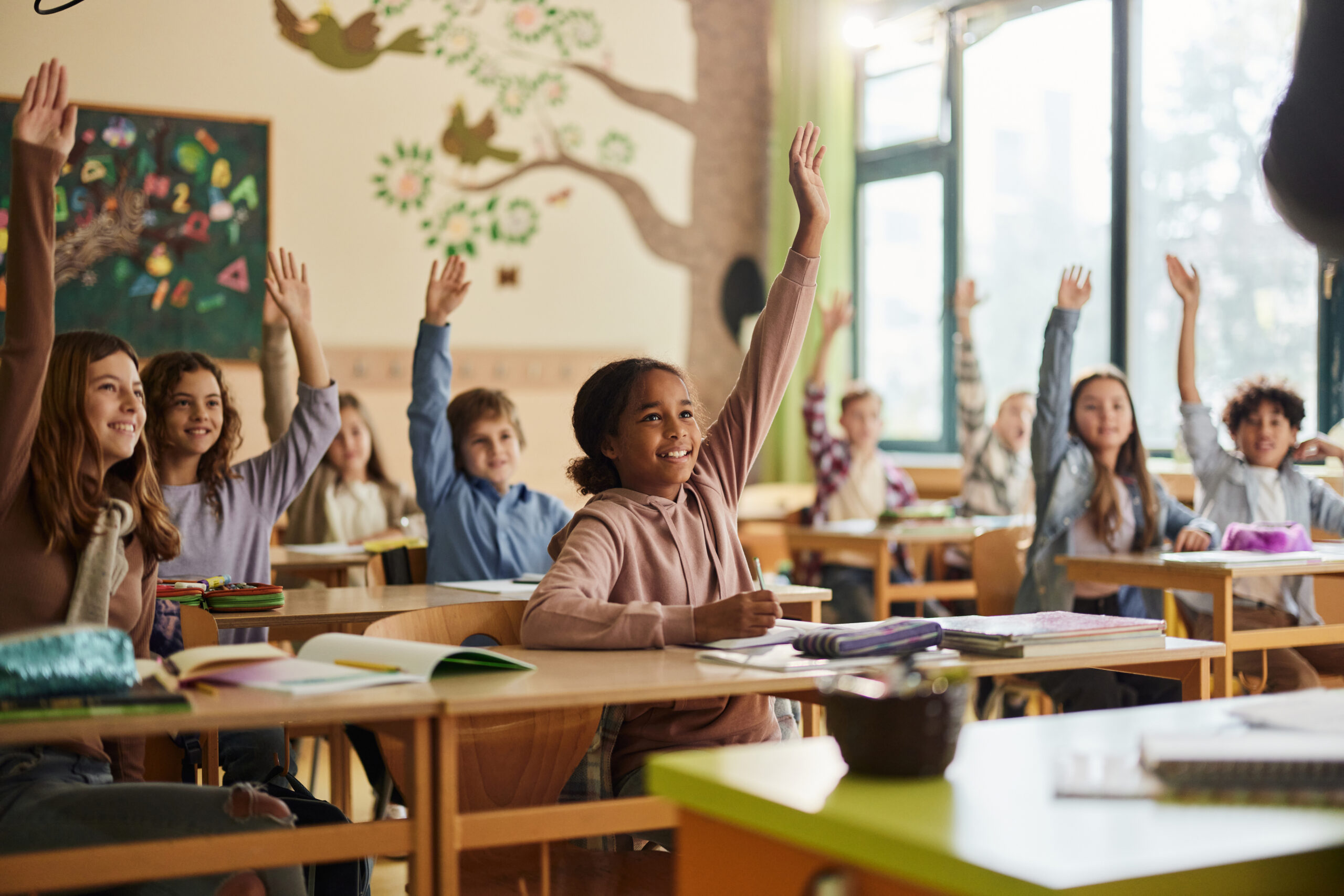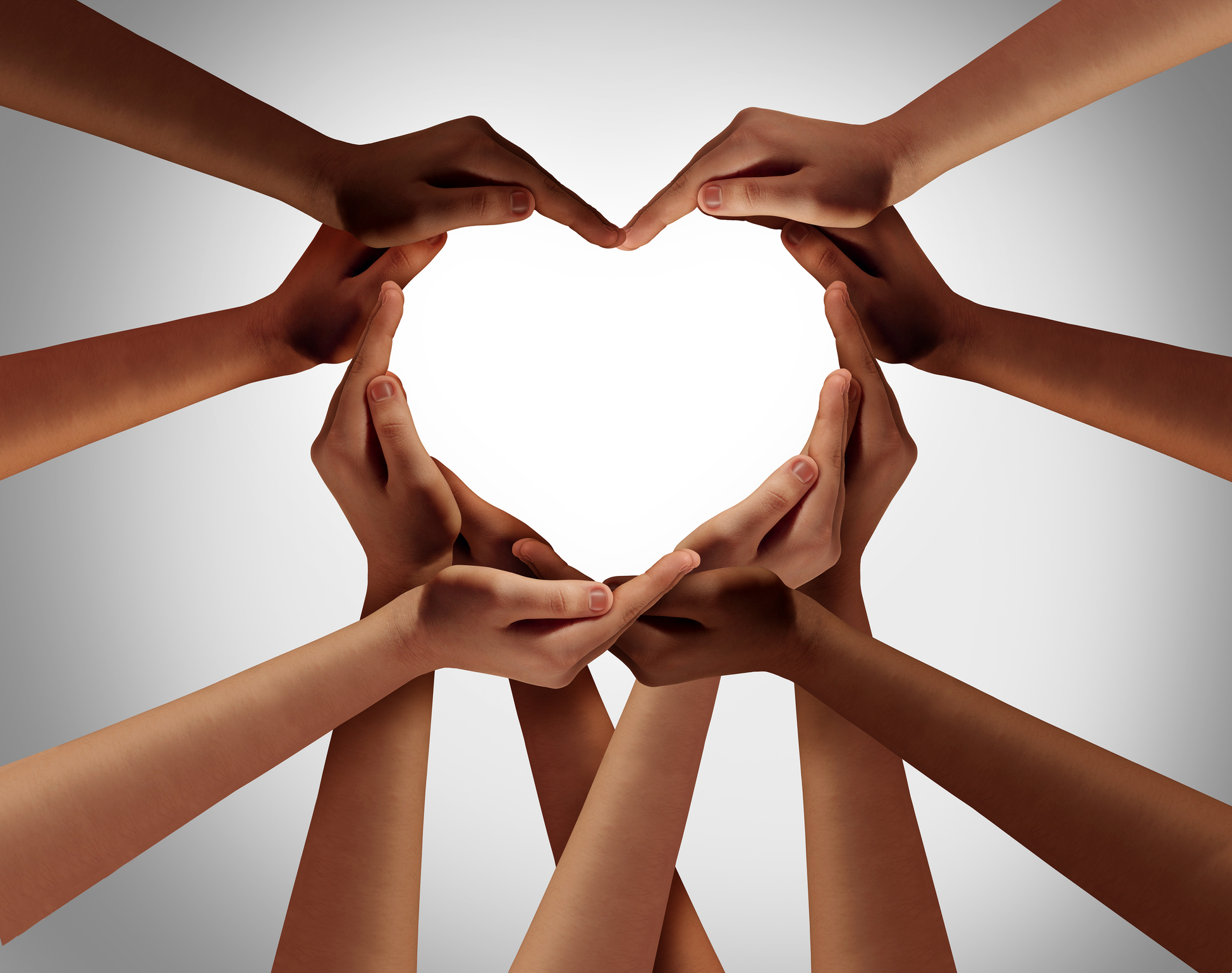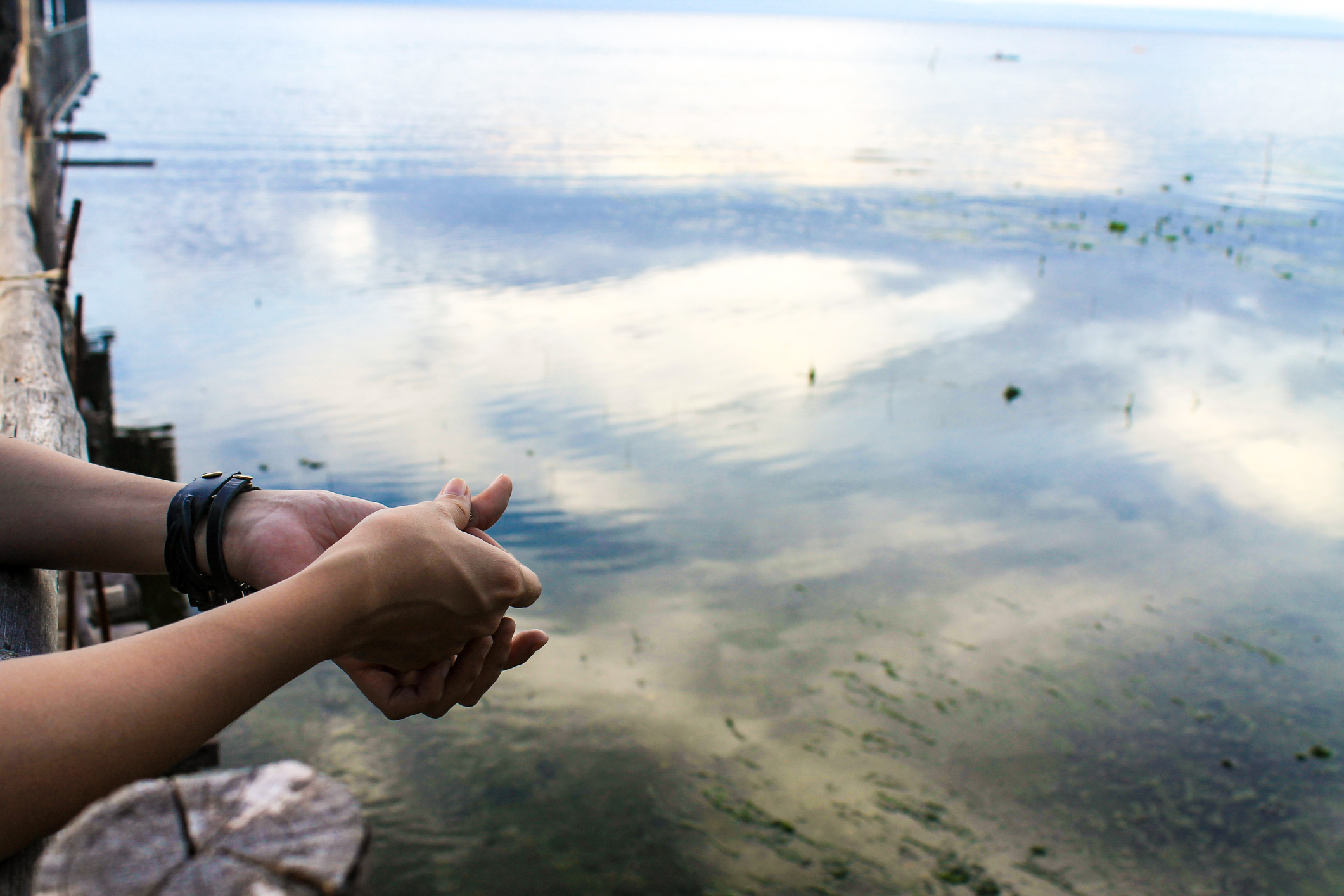April is the Month of the Military Child. This designation provides an opportunity for individuals, within the military sector and within the civilian sector, to recognize the resilience and learn about the experiences and sacrifices of military children and their families. This can also be a time to focus on military-connected students within your school. Military-connected students often face unique challenges, such as coping with parental deployments, changing structures at home, and adapting to new educational and social circumstances due to frequent relocations. Military students are also among the most resilient students since they are able to rely on a supportive community, develop and sustain a strong sense of belonging, and experience many opportunities to try new activities and take on new responsibilities (Easterbrooks et al., 2013). Educators play an important role in creating an environment that supports military-connected students as they navigate these challenges.
Understanding the Unique Challenges of Military-Connected Students
Military children navigate distinct experiences that shape their educational and social journeys. Some key challenges include the following:
- Frequent Moves – These students may change schools often as their parents are deployed or change duty stations. These changes require them to adjust to new academic expectations, curricula, and social groups.
- Cultural and Social Transitions – Students moving between different schools, states, and countries may face challenges in adapting to new norms and making friends. They may experience stress due to a lack of stability and predictability.
- Parental Deployments – Having a deployed parent can create emotional stress, uncertainty, and changing roles at home, and these situations may impact a student’s well-being and academic performance. Additionally, the consequences of deployment, including parental injury and death, can be traumatic for students.
Why Supporting Military-Connected Students Benefits Everyone
While these challenges are unique to military-connected students, many other students also experience family separations, transitions, or emotional stress. For example, not all students will experience a parental deployment, but they may experience long parent work trips, parental incarceration, divorce, serious parental illness, or parental death. By deeply understanding the unique needs of military-connected students, you can implement supports that can be utilized by military-connected and civilian students and help create social connections and improved access to learning for all students.
Best Practices for Creating an Inclusive Learning Environment
Educators can take actionable steps to support military students and enhance school culture by doing the following:
- Build welcoming classroom environments. Greeting students, creating a consistent daily schedule so that students always know what to do and expect, and allowing students some group work or social time to make connections can help support a sense of belonging.
- Support academic transitions. When receiving new students, provide academic and social supports. Schools can create processes to streamline enrollment and collect information about new students. Consider creating a student welcoming task force in which students can volunteer to explain school rules, give tours, and provide early social interaction.
- Make emotional supports accessible. Students should be aware of responsive services such as school counseling and school-based therapy and mental health-related initiatives, such as peer mentoring, student assistance programs, and group counseling opportunities. All students should know when to ask for help and who to go to for help.
- Recognize and celebrate many kinds of events. Schools can recognize and promote learning about military-connected students by participating in events centered around military students, such as Purple Up Day (Wednesday, April 9 this year). Schools can also observe a variety of different holidays related to other types of students who may be represented in your student population. Learning about other students’ experiences can help all students (and teachers) build empathy and social connections.
Military-connected students do face unique challenges, but their underlying needs can often be addressed by using strategies that can help support all students. By creating inclusive and understanding schools, educators can help every student, regardless of background, feel valued and supported.
Take Action: Explore More Resources
For more specific information on understanding military culture and best practices for supporting military-connected students, check out the Military-Connected Students modules on the School Resources website.
Reference(s):
Easterbrooks, M. A., Ginsburg, K., & Lerner, R. M. (2013). Resilience among military youth. The Future of Children, 23(2), 99–120. https://doi.org/10.1353/foc.2013.0014
Fenning, P. (2021). School supports for students in military families. The Guilford Press.





